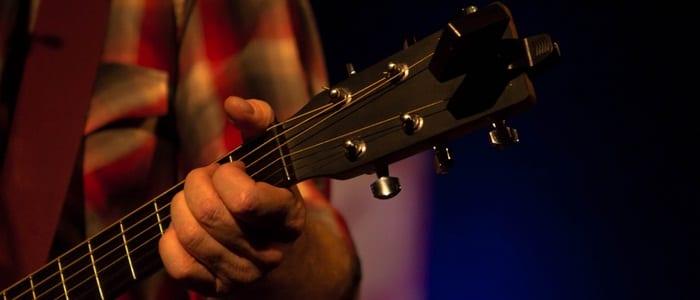 Yesterday we discussed some common beginner instruments for children, and guitar is definitely a popular choice. But one issue that young beginners and many adults run into is learning to play the guitar with small hands. If you’ve experienced the frustration of not quite reaching a certain finger placement, it doesn’t mean you need to give up your future star on the Walk of Fame. These tips for playing guitar with small hands should help:
Yesterday we discussed some common beginner instruments for children, and guitar is definitely a popular choice. But one issue that young beginners and many adults run into is learning to play the guitar with small hands. If you’ve experienced the frustration of not quite reaching a certain finger placement, it doesn’t mean you need to give up your future star on the Walk of Fame. These tips for playing guitar with small hands should help:
Choose a Guitar with a Comfortable Neck
Every guitar is different. Some have broad necks, others have narrow necks. If you have small hands, a guitar with a narrow neck will make playing more natural and more enjoyable. Some guitars even come in 3/4- or short-scale models, making the instrument more compact and accessible to those with smaller hands.
Get Your Thumb in Position
Many players let the thumb of their fretting hand go lazy when playing chords or individual lines. Try positioning your thumb directly center under the fretboard and use it as a guide as you play.
Stretch Those Fingers
Don’t Fret over Barre Chords
Without question, the most difficult chords to play for folks with small hands are barre chords, where the index finger is required to fret sometimes all six guitar strings, acting as an anchor for the placement of other fingers to fill out the chord. If your hands are too small to span the entire fretboard, try using your thumb to hold down the low bass string to form a barre chord. To play an F-major chord this way, you’ll bring your hand around the neck, almost wrapping it. Then, get the fingers in position: Fret the high E- and B-strings (first fret) with your index finger; place your middle finger on the second fret of the G-string; your pinky on the third fret of the D-string; your ring finger on the third fret of the A-string; lastly, put your thumb on the first fret of the low E-string and strum.
Suzy S.

